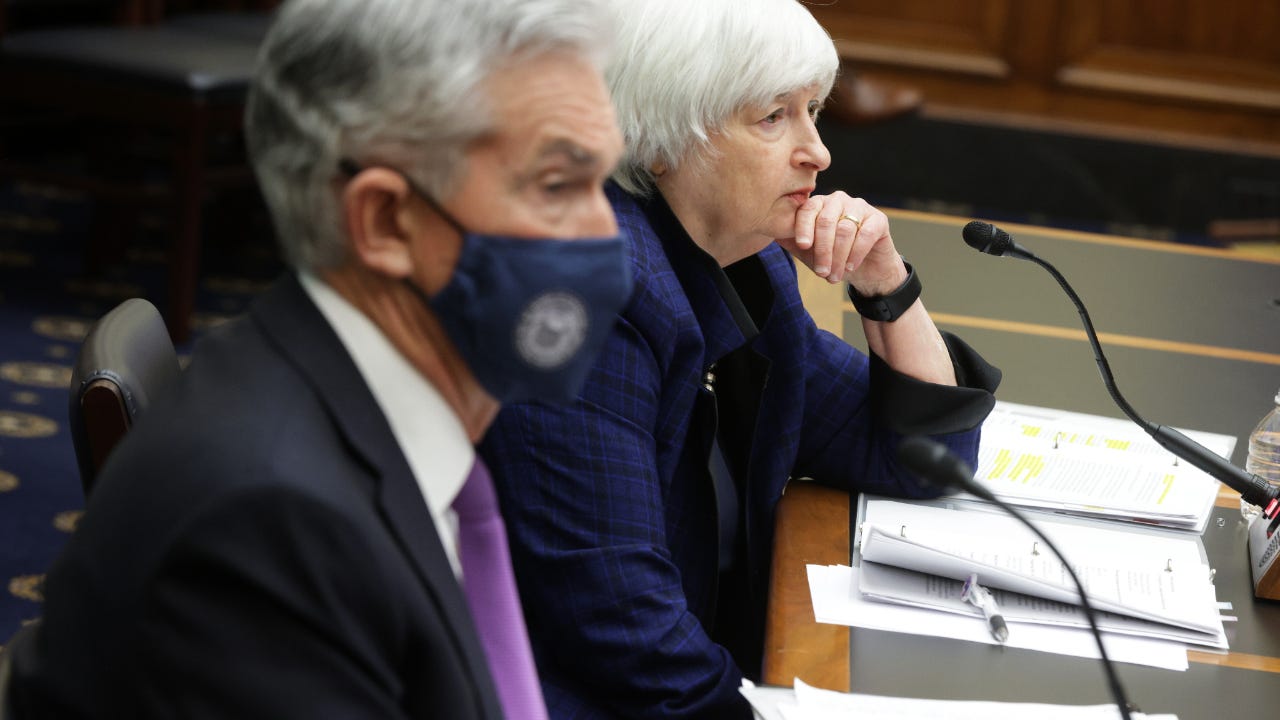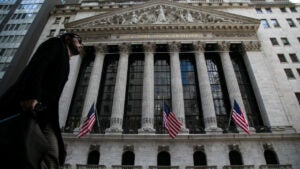Survey: Experts forecast strong rise in Treasury yields over next year

Market experts see Treasury yields rising over the coming year, as the economy remains strong and the Federal Reserve expects to raise interest rates, according to a new Bankrate survey. The Fourth-Quarter Market Mavens survey reveals that analysts expect the benchmark 10-year Treasury yield to climb to 2.19 percent from the 1.49 percent seen at the end of the survey period.
Every single analyst surveyed by Bankrate expects the 10-year Treasury yield to be higher in a year. Their predictions ranged from 1.75 percent to 2.50 percent, with most projections landing above the 2 percent mark.
Experts also discussed whether markets were properly factoring in the risk of inflation, with little consensus about whether rising prices were being adequately accounted for.
Forecasts and analysis:
This article is one in a series discussing the results of Bankrate’s Market Mavens fourth-quarter survey:
- Top market strategists see stocks rising nearly 8 percent in 2022
- Experts forecast strong rise in Treasury yields over next year
- Stock market correction is overdue and likely imminent, say 70 percent of top analysts
- 6 things individual investors should avoid in 2022, according to top market experts
Experts see 10-year yield climbing higher in the next year
The yield on the 10-year Treasury plummeted as the coronavirus pandemic emerged and the Federal Reserve cut interest rates. After a rough 2020, the 10-year yield rose in 2021 and eventually hit a plateau in the second half of the year. After a tumultuous period due to COVID-19 and its variants, experts broadly see rates rising in the year ahead.
Survey respondents see the 10-year Treasury yield finishing 2022 at 2.19 percent. That’s above the 1.86 percent they expected the benchmark rate to hit at the end of the third quarter 2022.
Are the markets properly pricing in inflation?
Inflation has been roaring in 2021 and hit 6.8 percent in November, the highest level in decades. But with such low current yields on the 10-year Treasury note, investors have been asking themselves if the stock and bond markets have been pricing in inflation correctly.
The analysts surveyed by Bankrate expressed multiple opinions on this issue, with some seeing the markets completely out of step with inflation and others believing that the market is pricing in too little or too much inflation.
“With inflation over 6 percent and the 10-year Treasury at 1.5 percent, it will take four years of earnings from a 10-year Treasury to be able to [achieve] the same purchasing power that was eroded by our most recent [Consumer Price Index] report,” says Clark A. Kendall, president and CEO, Kendall Capital Management. “No, investors are mismanaging inflation risk in the market.”
“The S&P 500 is just about at a record high, knowing inflation is at a 30-year high,” says Patrick J. O’Hare, Briefing.com chief market analyst. “In one sense, then, one could make a case that it is priced in. What isn’t priced in, however, is a more aggressive policy response to rein in inflation.”
Other market watchers pointed to expectations for lower inflation in 2022, though higher interest rates may not be high enough to outstrip inflation and they could put pressure on stock prices.
“Inflation and inflation expectations are peaking,” says Joseph Kalish, chief global macro strategist, Ned Davis Research. “Inflation will slow next year. But it will be high enough to result in continued negative real yields.”
Sam Stovall, chief investment strategist, CFRA Research, expects inflation to peak this quarter and then fall in 2022. “This is not the 1970s revisited, but interest rates will likely continue to climb to around 1.9 percent by year-end 2022, which should cause some P/E multiple contraction.”
Still, some experts think the market is actually more than compensating for the risk of inflation. “Markets are pricing in a higher than average rate of inflation,” says Michael K. Farr, CEO, Farr, Miller & Washington.
“Investors need to be aware that inflation is a part of a market cycle – even though it has been absent for many years,” says Farr. “Modest inflation is quite manageable – even desirable – but runaway inflation is a big problem. While there aren’t indications of truly bad inflation in the near future, investors should remain vigilant.”
Methodology
Bankrate’s fourth-quarter 2021 survey of stock market professionals was conducted from Dec. 1-9 via an online poll. Survey requests were emailed to potential respondents nationwide, and responses were submitted voluntarily via a website. Responding were: Clark A. Kendall, president and CEO, Kendall Capital Management; Dec Mullarkey, managing director, SLC Management; Patrick J. O’Hare, Briefing.com chief market analyst; Joseph Kalish, chief global macro strategist, Ned Davis Research; Sam Stovall, chief investment strategist, CFRA Research; Marilyn Cohen, CEO, Envision Capital Management; Chuck Carlson, CFA, CEO, Horizon Investment Services; Kim Forrest, chief investment officer/founder, Bokeh Capital Partners; Michael K. Farr, CEO, Farr, Miller & Washington; Kenneth Chavis IV, CFP, senior wealth manager, LourdMurray.
Editorial Disclaimer: All investors are advised to conduct their own independent research into investment strategies before making an investment decision. In addition, investors are advised that past investment product performance is no guarantee of future price appreciation.
Why we ask for feedback Your feedback helps us improve our content and services. It takes less than a minute to complete.
Your responses are anonymous and will only be used for improving our website.






